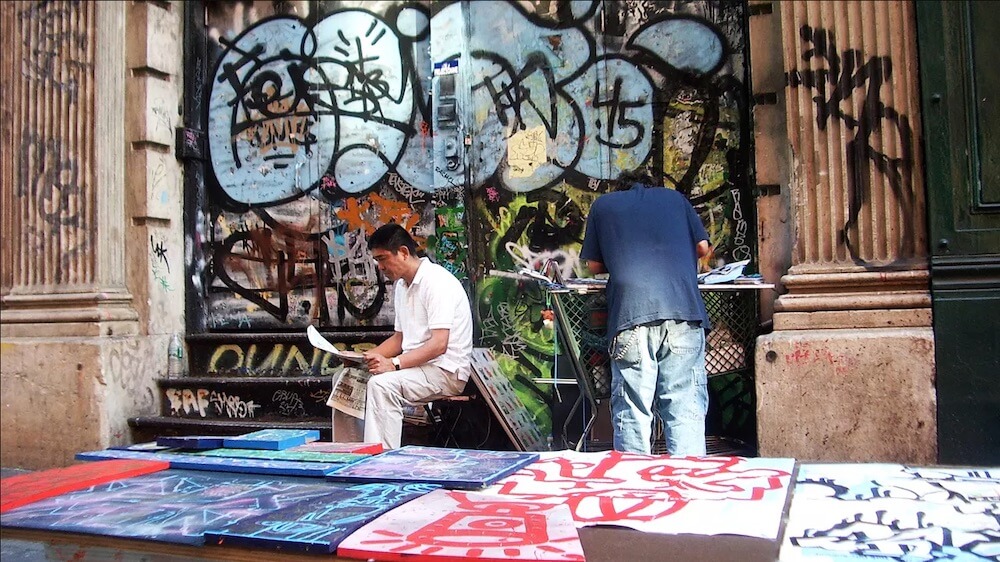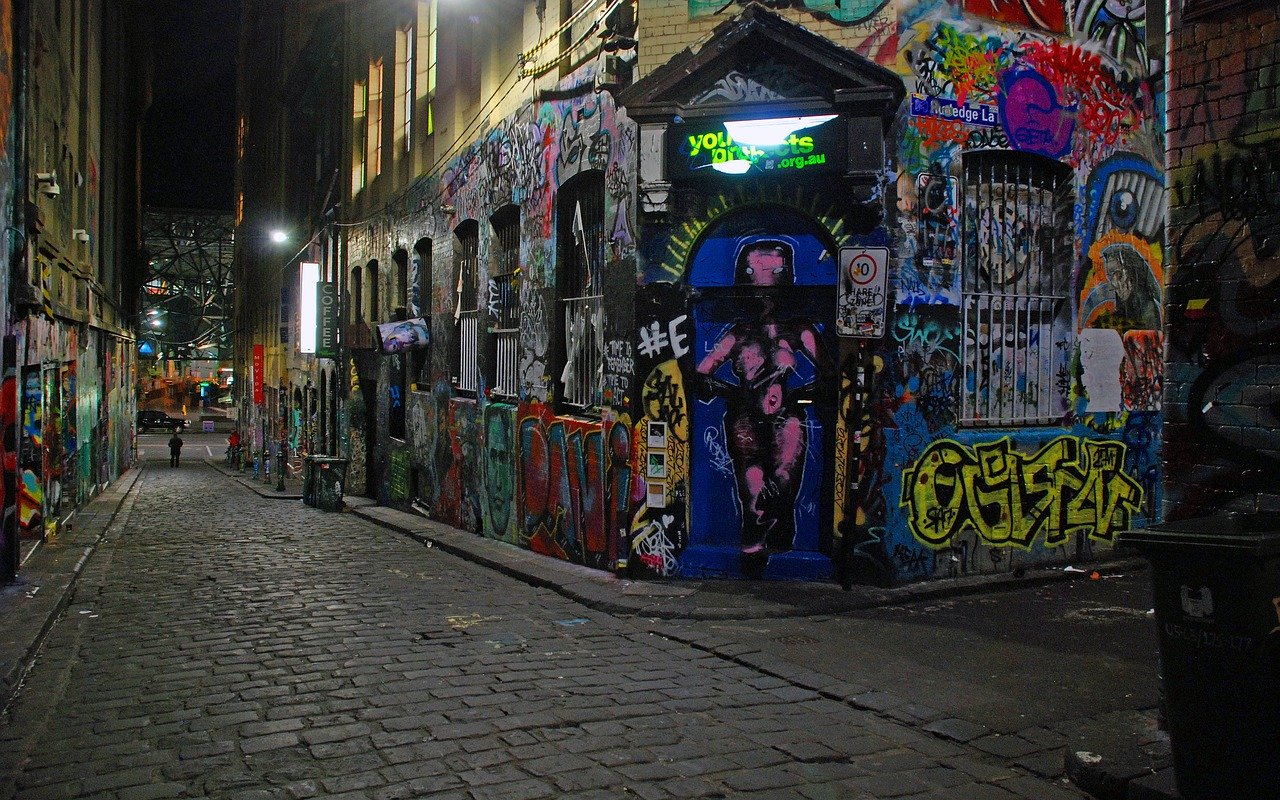
The Impact of Graffiti in Melbourne’s Security.
by Yair Frid, onGraffiti CoatingGraffiti RemovalNews , June 22, 2013

by Yair Frid, onGraffiti CoatingGraffiti RemovalNews , June 22, 2013
It is not easy to estimate the impact of graffiti and the costs to remove graffiti in Melbourne. But we do know the federal and state costs, and the costs to local government and private owners is high.
The estimated annual costs due to gang-related vandalism in Australia, including but not limited to graffiti, is $2 billion. Yet this is a conservative figure as this value is based on official reporting only. Not all gang-related vandalism gets reported to the police.
The cost of graffiti in Melbourne alone has been estimated at more than $100 million. But this figure does not consider the social cost of graffiti to Melbourne. Nor does it address the perception of security in public spaces. Thus, we can assume that the total cost, plus the social impact of graffiti is much higher.
There are many factors where graffiti is a major concern. Plus graffiti is the cause of many problems within the community:
If graffiti remains, it contributes to the feelings of fear and insecurity within a community. These attacks give the impression that public spaces and private property are not respected. The image of graffiti as an act of vandalism, and its impact on security is based on illegal graffiti. This connects graffiti to other, more severe types of crime. There is a difference between illegal graffiti and street art.
The existence of graffiti within a community can also be blamed for a community’s concerns about ‘out-of-control’ crime. In addition, the presence of graffiti is considered a general indicator of a decline in quality of life and the safety of public spaces.

According to a national survey about community satisfaction carried out in 2014, 85% of the survey respondents considered graffiti in Melbourne a big problem. The study shows that the presence of graffiti creates the idea that crime is more prevalent than it actually is.
Perceptions about graffiti also differ according to the attack location. Whether it is inside a metropolitan area, a regional zone or more rural community. Studies show that the perception of graffiti is inversely proportional to the population size. It’s worth noting that smaller communities are more likely to experience higher rates of anxiety about crime levels due to graffiti within their community.
Graffiti is one of the most obvious kinds of crime that may occur within a community. Other problems associated with graffiti include:
The relationship between graffiti and other crimes may influence adult opinions about teenager’s behaviour within their community.
It is difficult to get accurate figures about the cost of graffiti in Melbourne. Most of the damage caused to property goes unreported to the police. There are many reasons why people or businesses do not report these crimes. But research into why people do not report graffiti in Melbourne is almost lacking.
However, studies are showing that reports of graffiti incidents in Melbourne are on the rise. But this does not determine if the rise in reporting represents a real increase of graffiti, or if it only shows an increase of reporting these crimes.
Research points to a lack of reporting as one of the reasons police agencies do not understand the problem or the cost of graffiti in Melbourne. We must add the fact that many attackers have not been identified which makes it difficult for authorities to make arrests and to prosecute them. Graffiti taggers regularly change their location and style in order to avoid arrest.
Graffiti itself is illegal. If caught and prosecuted offenders face jail time, heavy fines and end up with a criminal record. The Graffiti Vandalism Act 2016 states that the courts can hand down a fine of $24,000 and a two-year prison sentence for damaging property with graffiti. As many perpetrators are just kids, this may sound harsh. However, the victims of graffiti will probably agree that the punishment fits the crime.
What do you think? How would you deal with this problem?
Keep Australia Beautiful